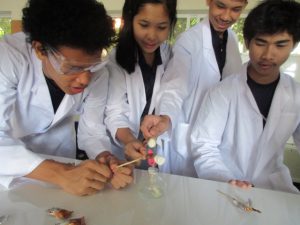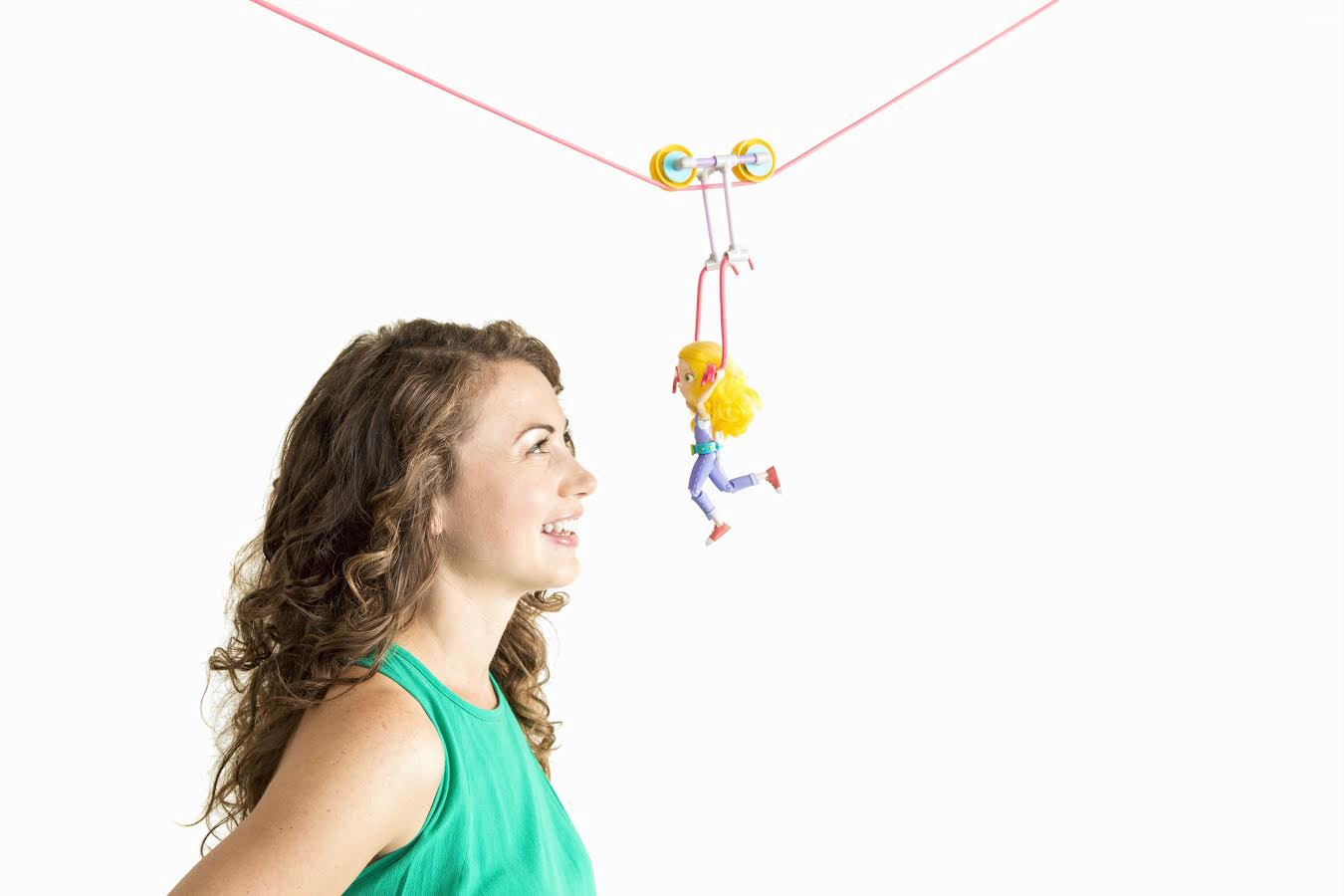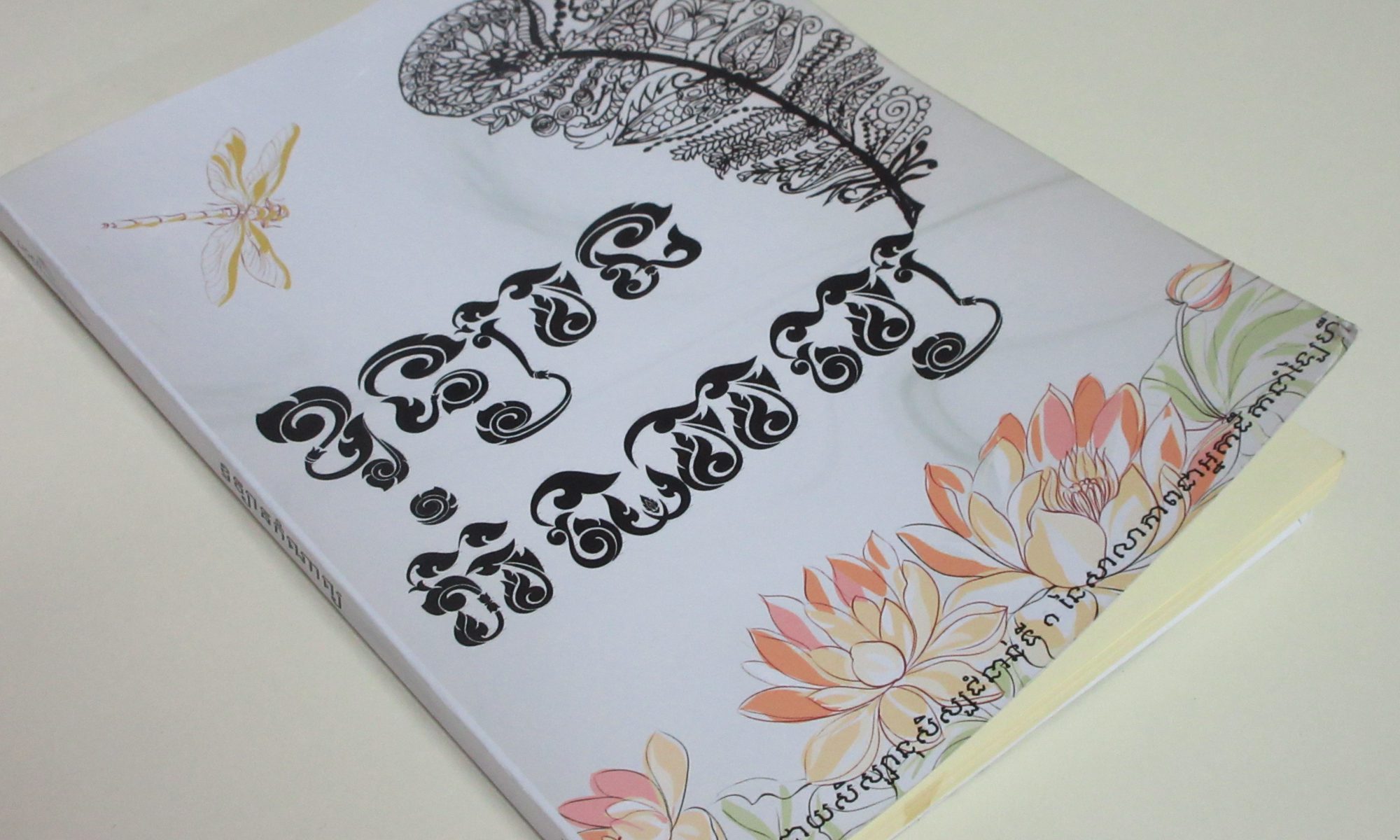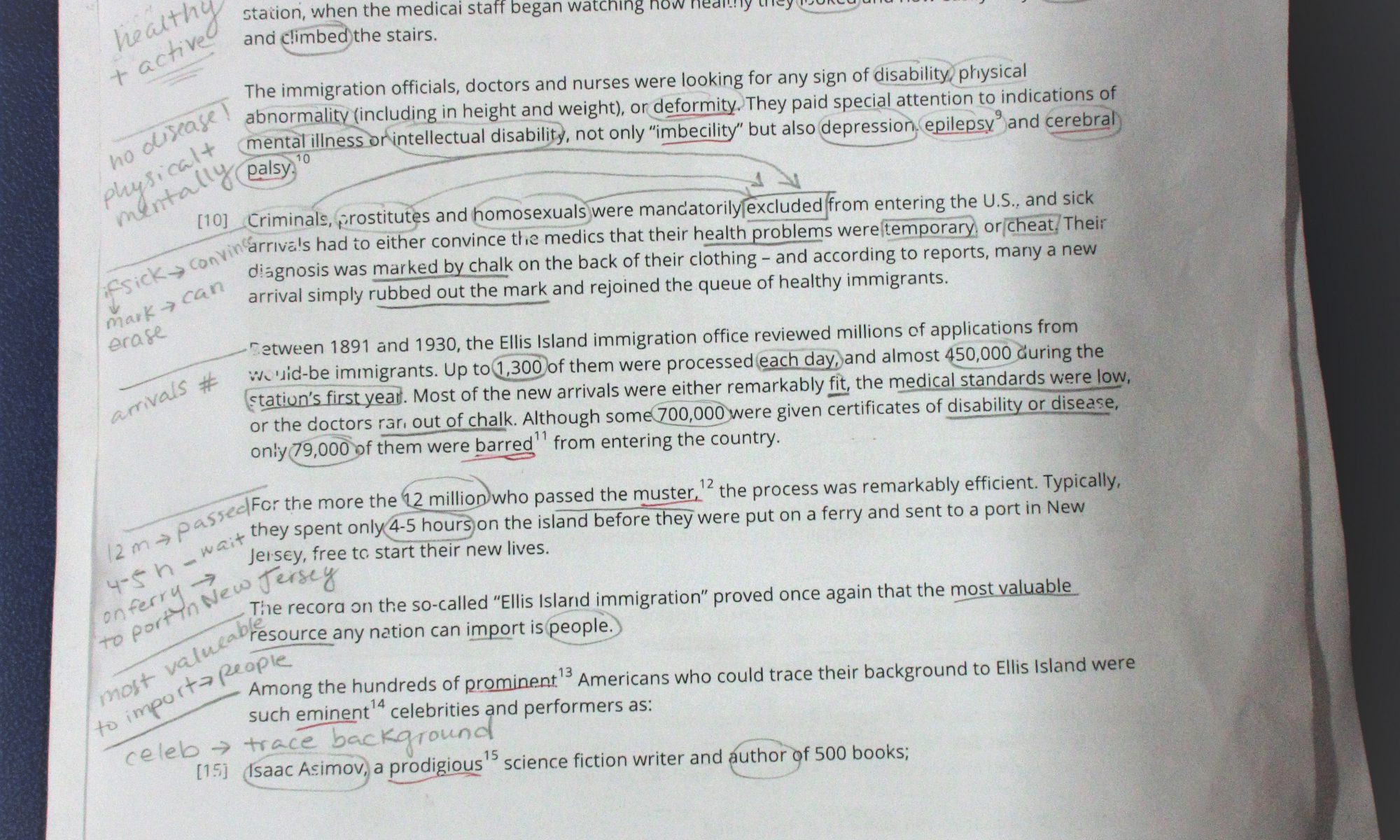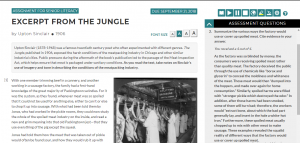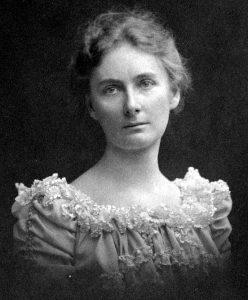The Vietnamese are obnoxious. The Vietnamese cause woe and degradation. The Vietnamese are the root of social and environmental ills: illegal logging, trawling, overfishing, pollution, poverty, and land scarcity. The Vietnamese enter Cambodia with ulterior motives: to shred our nation, to colonize us, and to weed out our Khmer culture.
This is the sentiment of my people toward the Vietnamese. This anti-Vietnam antagonism exists because of our embittered history—losing our territory. In an article entitled “Out of 20 of my friends, 17 hate the Vietnamese,” the Phnom Penh Post stated that the Vietnamese began to occupy our land in the 17th century, conquered Cambodia and seized Phnom Penh in the 19th century; they controlled our kingdom during the French Protectorate, and stole two pieces of ancestral Khmer land. What is even worse is that their involvement during the ferocious Khmer Rouge regime still haunts Cambodians, especially the older generation. Because of this savagery, there is justification for our suspicion and hostility; however, does a painful history justify the hate and prejudice of today?
In 2017, my classmates and I visited Vietnam for the very first time for Model United Nations (MUN). Along the way, I had a mixed feeling of how I should behave in a communist country and how the Vietnamese were going to perceive us. I expected Vietnam to be a sour land of mystery and depravity. Nevertheless, my expectation was proven wrong by my interaction with Vietnamese.
Sitting in a taxi, chattering mirthfully, my friends and learning facilitators and I were heading to the water park for relaxation on a sunny day. But suddenly, the rain started to pour. As the coldness soared and the traffic swelled, the loudness of our voices died, and the lethargy soon suffused the atmosphere. I then reached for my phone to play music, and soon, everyone started to sing along. Since then, all our voices started to mute the music; but not for long because the driver saved our day. He turned his head to look and held a speaker cable to give to us. Just by this one simple act, our day was saturated with delight and our memory selectively captured this moment.
In 2018, I participated in a MUN in Vietnam again, and to say that I did not worry about my destination and their people would be a lie—residue of prejudice are still alive. But I would say that because of my last experience in Vietnam, my hesitancy had diminished.
Contentedly entering a Circle K store located in Saigon, my friends and I strolled through the door with dance moves, singing to the song of “Shape of You” by Ed Sheeran. We smiled, we shouted, and we laughed. Not just us, but also the Vietnamese cashier.
He complimented, he conversed, and he loved it. At that moment, I knew that the fire of hate in me had been extinguished.
In the same year, I was accepted by the secretary team to be a Deputy Chair (student officer) of Disarmament and International Security General Assembly of the MUN again, but this time the event was held in Cambodia. Now, it was time for me to completely cease the fire.
Welcoming my Vietnamese Head Chair to Cambodia for the first time with a hug and a smile, we were ready to serve. We collaborated to lead the committee to a successful path by guiding the delegates through the process and the protocols. Even though she was my Head Chair, we divided the tasks and the power equally. Together, we managed all the struggles and concerns carefully and were able to create memorable days for the delegates and for us; she was able to remove the last lingering barriers that I had with Vietnamese. I finally learned that I as a Cambodian citizen could cooperate with and really like a Vietnamese person.
My intention of bringing up these small snapshots is to illustrate that we can learn from the past to rewrite our future. We need to cooperate to extinguish the fire of hate; hate is a blindfold that block the beauty of people. By directly working and conversing with my Vietnamese counterparts, I have found the means to socially deconstruct my own anti-Vietnamese sentiment, and I hope that I can do it for others too.
Photo Source: http://observe.asia/senior-military-leader-of-china-meets-with-cambodian-military-delegation/



